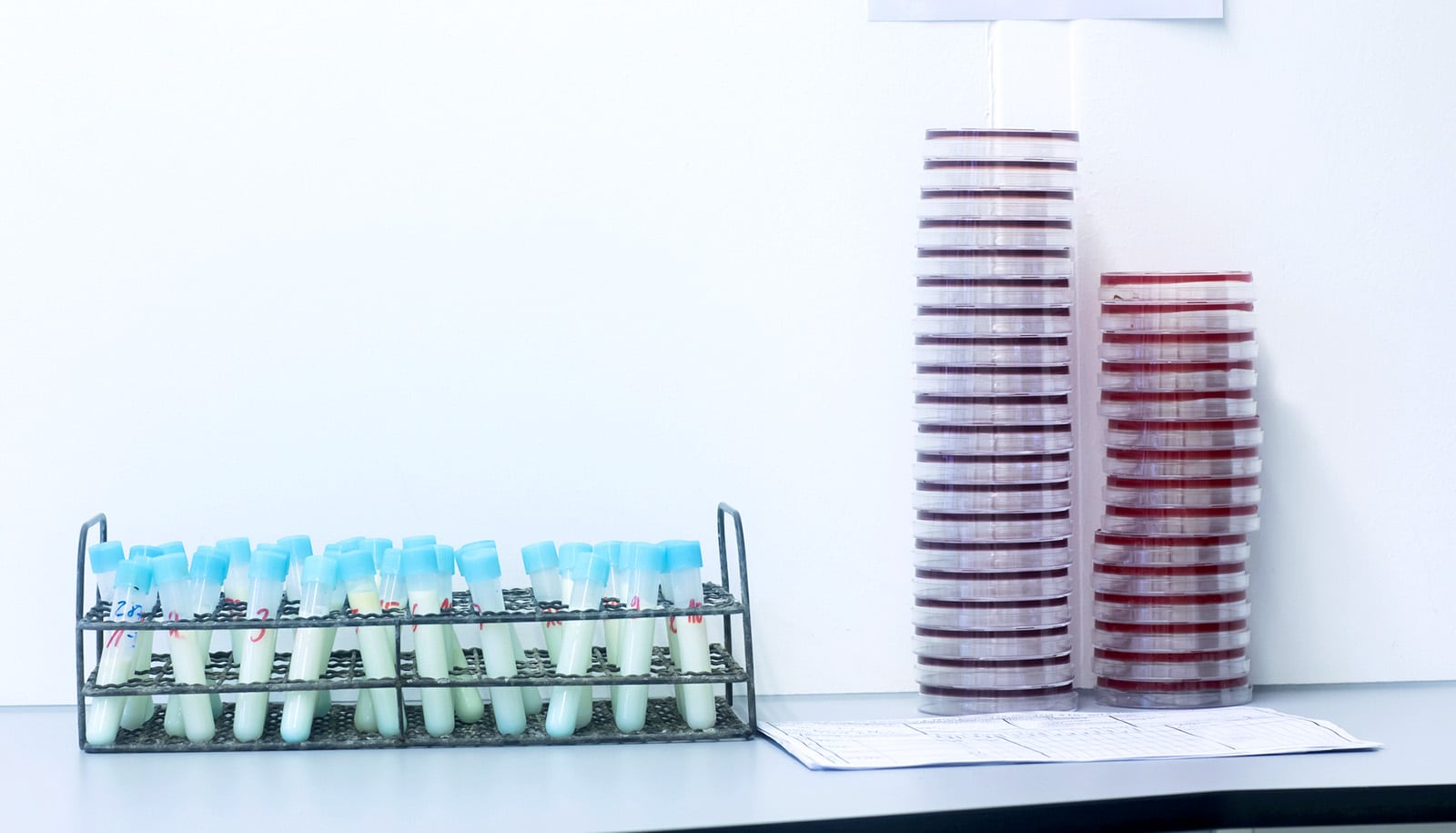Scientists have decoded the genetic makeup of Akkermansia, a gut bacterium that could help manage cholesterol levels.
Akkermansia thrives in the mucus layer of the intestine and has a knack for breaking down a type of sugary protein called mucin. This unique skill could be important for our health.
When Akkermansia is present in the right amounts, it’s associated with better metabolic and immune health. That’s why some scientists are exploring it as a probiotic. They have faced difficulty manipulating its genes in the lab, though, which hampered understanding how the bacterium operates and how it might affect our health.
In a study published in Nature Microbiology, Duke University scientists, along with colleagues at the University of California Berkeley, describe their efforts to genetically engineer Akkermansia.
Their work is the first to provide a detailed look at the bacterium’s genetic composition and how it degrades mucins to grow and settle in the gut.
The team, led by senior study author Raphael Valdivia, was able to track how the bacterium consumes mucin, revealing that it binds to the bacterial cell surface and is moved into compartments within the cell in a carefully controlled process.
The researchers used a variety of techniques including high throughput transposon mutagenesis, comparative genomics, and transcriptomics to identify several Akkermansia genes essential for growth and colonization of the gut.
These genes encode proteins that help the bacterium to consume mucin, produce fatty acids, and regulate metabolism.
“For a long time, we could not manipulate the genome of Akkermansia to understand what the function of its many genes are,” says Valdivia, professor and chair of the department of integrative immunobiology at the Duke University School of Medicine and member of the Duke Microbiome Center.
“Most of the information within Akkermansia genome is unknown,” he says. “It is only when you have the ability to knock each gene out individually and look at what the outcome is, that you can begin to understand how it grows, what kind of metabolites it makes, and how they may impact us.”
In animal studies, the team showed that Akkermansia can reduce the activity of genes involved in creating cholesterol in the gut, but only when it consumes mucins. This suggests that Akkermansia establishes a close relationship with us, in which we feed it mucins and they in turn help us manage cholesterol synthesis.
A buildup of cholesterol can lead to heart disease, stroke, and other metabolic diseases.
“A major contribution of this study is the development of protocols and tools for sequencing Akkermansia—a potential candidate to prevent metabolic disorders,” writes Federico Rey, a professor of bacteriology at University of Wisconsin-Madison, in a research briefing published in the journal. “There’s an astonishing amount of interesting and actionable data.”
Looking ahead, researchers aim to capitalize on their findings by using the bacterium as a platform for vaccine design and delving deeper into the bacterium’s link with the nervous system and neurodegenerative disorders, such as ALS.
However, the bacterium is not without its challenges. Its propensity to thin the mucus barrier could also lead to gut inflammation.
“While Akkermansia has immense potential, it’s about finding the right balance if we are to exploit its beneficial effects,” says Valdivia.
The team is studying how to engineer the microbe to minimize these risks while maximizing its therapeutic potential.
Like most things with gut health, dietary choices can influence levels of Akkermansia, from fasting to berry and grape consumption. But scientists are excited about its prospect as a “live medicine,” a therapeutic agent capable of delivering beneficial compounds straight to the gut.
Several companies are exploring incorporation of Akkermansia into probiotics, including Bloom Science, where Valdivia is a cofounder.
This work had support from the National Institutes of Health, the American Heart Association, and the Natural Sciences and Engineering Research Council of Canada.
Source: Duke University



